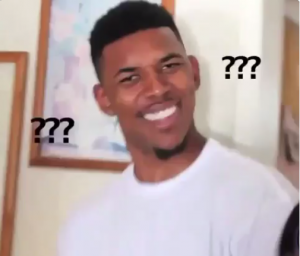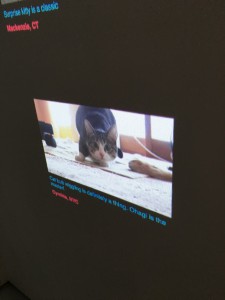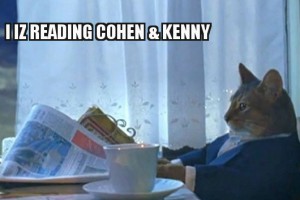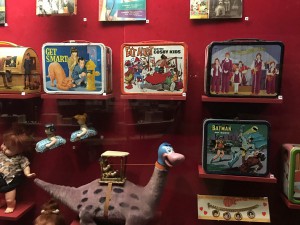Throughout this semester we have covered a variety of new media trends and how they change how we use the affordances of social media. For my project I would like to focus on virility and how stories, ideas and even current fads spread.
My focus or main tool will be twitter as that is my favorite social media platform, it is also the one that changes the fastest and is the most fluid in its trends. I propose following two verified (twitter’s label for reputable users) sources, one being entertainment or trends and one being news and current events. At this moment I have two main twitter feeds I would like to track the first being Cosmopolitan and the other being CNN.
My goal is to sit down daily and track both accounts daily activity and then record their virility. I will ask the following questions,
- Which account posted more, was it frequent throughout the day or grouped together?
- Which account got more retweets or shares, mentions and overall response?
- Were there any similarities in the stories, if so how were the reporting of the events different?
- Which account saw a more positive user engagement? Why might that be?
My goal is to see what type of information a twitter user notices and gives reaction to. For example does a political story about Syria or a “Top 5” blog from Cosmo rake in more web-traffic?
We as a society do most of our day to day activities online but how much of that information do we actually process and are we jaded or indifferent to the current events of the world and more interested in what’s keeping us entertained. By following both these twitter feeds over a month’s time I hope to see overall which twitter account garnishes more regular recognition and engagement. Both accounts are big names in their respective worlds and are widely recognized names.
At the end of the project I plan to answer the following in my final product,
- Which account consistently had more user engagement? Was it positive, negative or neutral?
- Which account posted more regularly and was that a factor?
- Formulate a hypothesis with the collected data as to why one was more favored over the other.
- Does this data suggest a change in the type of information we prefer to see online?
Viral posts are a norm online and often we will see the same story told through multiple channels and we all have a favorite source. However is that source a cookie cutter news outlet like CNN or FOX or is it a blog like the gothamist or Cosmo. I hope to gage whether or not there is a preference among twitter users and if so what it is.
The only variation to my project that i am on the fence about is potentially following two types of each account for example CNN and FOX and Cosmo and US weekly to better back up any results i may find. Overall though the general idea is news vs. entertainment.













